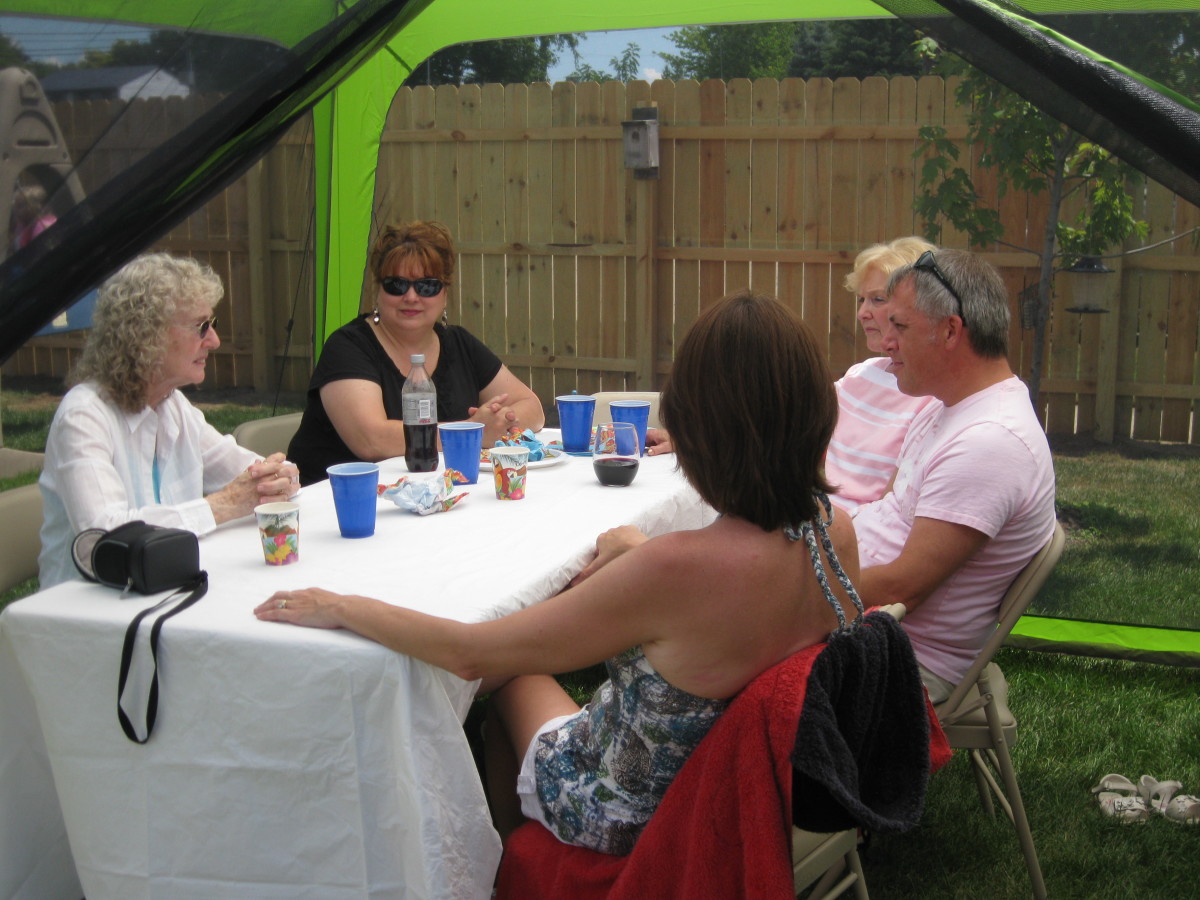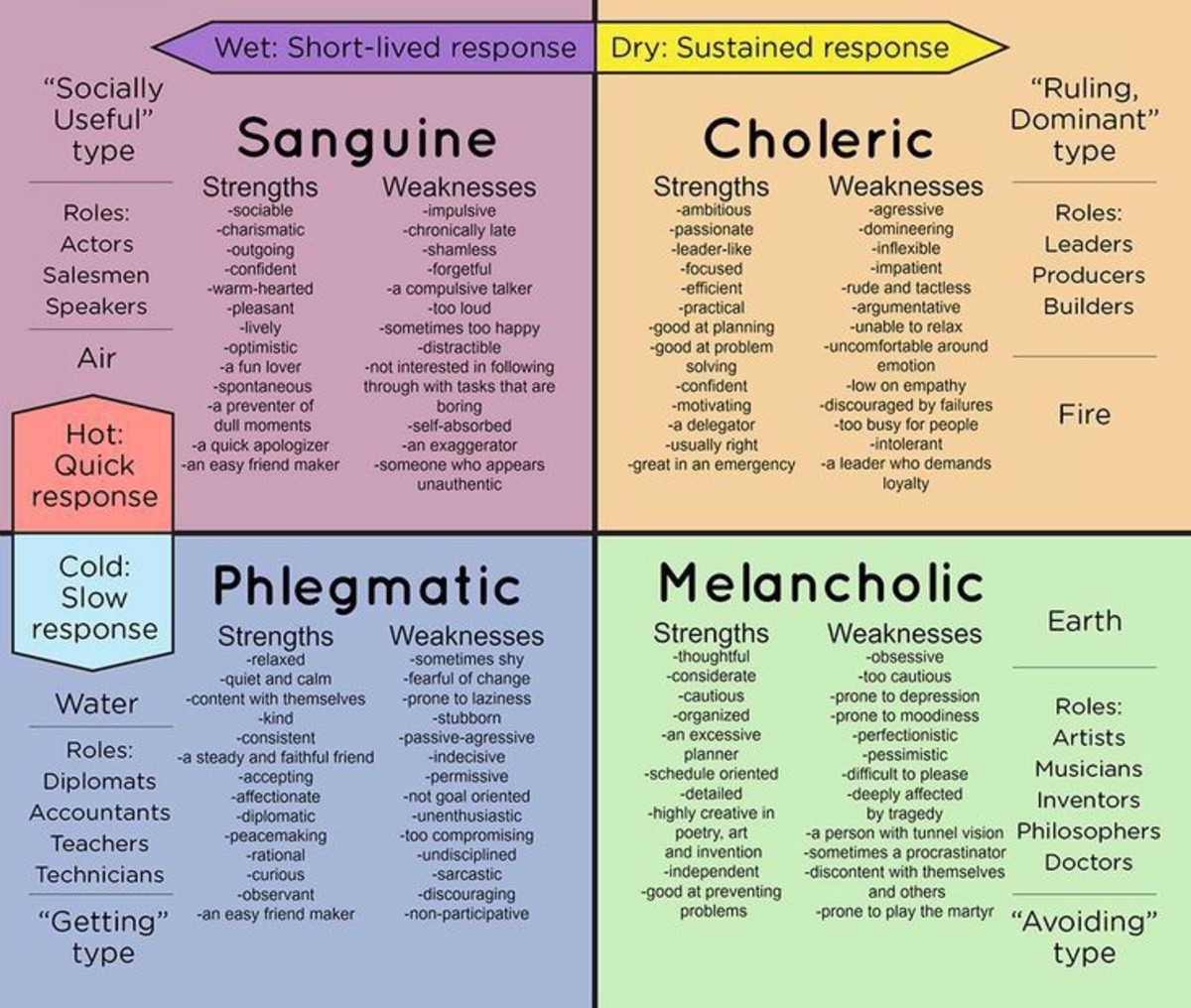How to Make Friends-Simple Steps to Adult Friendship
There are many reasons why some people struggle with meeting other people. Personalities vary, and some people are more social, (extroverts), then other people, (the introverts). They may have had painful childhood experiences in which an abusive situation occurred, damaging their self esteem; or a betrayal of a ‘friend’ that left its mark in a negative way.
As we grow older we get set in our ways and expect others to accommodate our unique preferences. Our tolerance for other’s uniqueness wanes. But, it is human nature to draw into a clan, not stand alone. It is part of our innate survival. Even with our movement toward independence we need the recognition of other people to know that we count in this world.
Some of the ways we lose friends are: we go away to college and meet new people; we get a job somewhere else and relocate; we have an argument that never gets patched up; we grow apart from a lack of common interest; we lose a friend through death.
Whatever the reasons that are particular to our situation, it is important to renew old friendships and harvest new ones. If we are a parent, we will also want to role model this for our children, while helping them foster their own friends.
Where to meet friends

Where to Meet Friends?
Here are some places to meet potential friends:
1. At the gym-not every gym experience has to be for a solo workout. If you join a class or group activity chat with the people that you may be interested in getting to know. If they have kids your age that is a common bond for the two of you.
2. Join a club-there are plenty of listings in local papers under the ‘community’ section. If you are interested in speaking, join a regional Toastmasters Club; if you enjoy gardening, join a gardening club. If you like nature, join a conservation club…
3. Your local church or temple may be the ideal place to meet someone who you can share a similar spiritual interest. Most religious organizations have social activities. Make it a point to participate in a few.
4. Attend a class at a local community college or university. Not only will you learn more about a subject you are interested in, you may find a friend who is like minded.
5. Volunteer-find out if there is a local hospital or organization that you can spend time helping other people. Or, take a training course in becoming a Girl Scout or Boy Scout leader or Big Brother / Big Sister. When you move out of your comfort zone and help others less fortunate, you forget your own loneliness and do not appear as desperate.
6. Online-use this one with discretion. I’ve known both successes and disappointments when going online to meet someone.
The First Step
Once you meet a person who you are interested in getting to know more look for an opportunity to engage in conversation. If you are attending an activity or class that meets for several weeks it may be possible to chat before or after the class begins. If it appears that you are getting a positive connection, ask to meet for coffee after class one day.
If you happen to initiate a conversation with someone that you are meeting at a one time activity approach them to offer an exchange of email addresses or phone numbers. This way you will be able to touch base with them and continue exploring common interests via a phone dialogue.
Don’t push yourself onto another person and appear needy. If the person you are attempting to get to know turns down more than two invitations, take that as a ‘not interested’ sign and move on. It’s important not to let this deter you from seeking friendships elsewhere, so don’t take someone’s disinterest personally.
Initiate the meeting by approaching someone and starting a conversation. Be friendly, smile and relax. Body language is a key ingredient to what image you are presenting.
Keeping a friendship going
Don’t be too quick to judge someone on a first impression status. Yes, there is much to be said about ‘first impressions’, however, sometimes those first impressions are wrong. Imagine that you rejected someone based on a first impression that happens to turn out to be someone who has a lot to offer in a friendship. This ‘hidden gem’ will never be discovered if you walk by.
Don’t be too picky. Again, building a circle of friends takes time. If you reject someone because they have a few quirks or different opinions, then you may be alone for a long time. Of course, you must use discretion if the person has major character flaws, like being a pathological liar or thief. That is the good part about getting to know someone.
Assuming you set a ‘date’ to meet, follow through with the plan and be on time. It is important that you start the friendship on the right foot and avoid annoying bad habits such as tardiness. If you know you cannot make the meeting give the person a call. No one likes to feel they’ve been stood up.
After the initial meeting, if it appears that you both want to develop the friendship choose an activity to attend-a lecture, a movie, etc. The activity gives you a topic to discuss following the event.
Continue to foster the friendship with brief contact(s) throughout the week to ‘touch base’ but not overburden the person with keeping the friendship going.
Reciprocate phone calls or chat time by making yourself available if your new friend calls. If it is an inopportune time, i.e. sitting down to supper, take a rain check and don’t forget to return the call when you say you will.
Be a good friend by keeping confidential matters to yourself. Trust is built this way.
Be wise with friend choices. If you discover that the person you initially were attracted to turns out to have misrepresented himself, and you are uncomfortable about keeping things going, move on. It is best to stop a dysfunctional or negative relationship early on.








